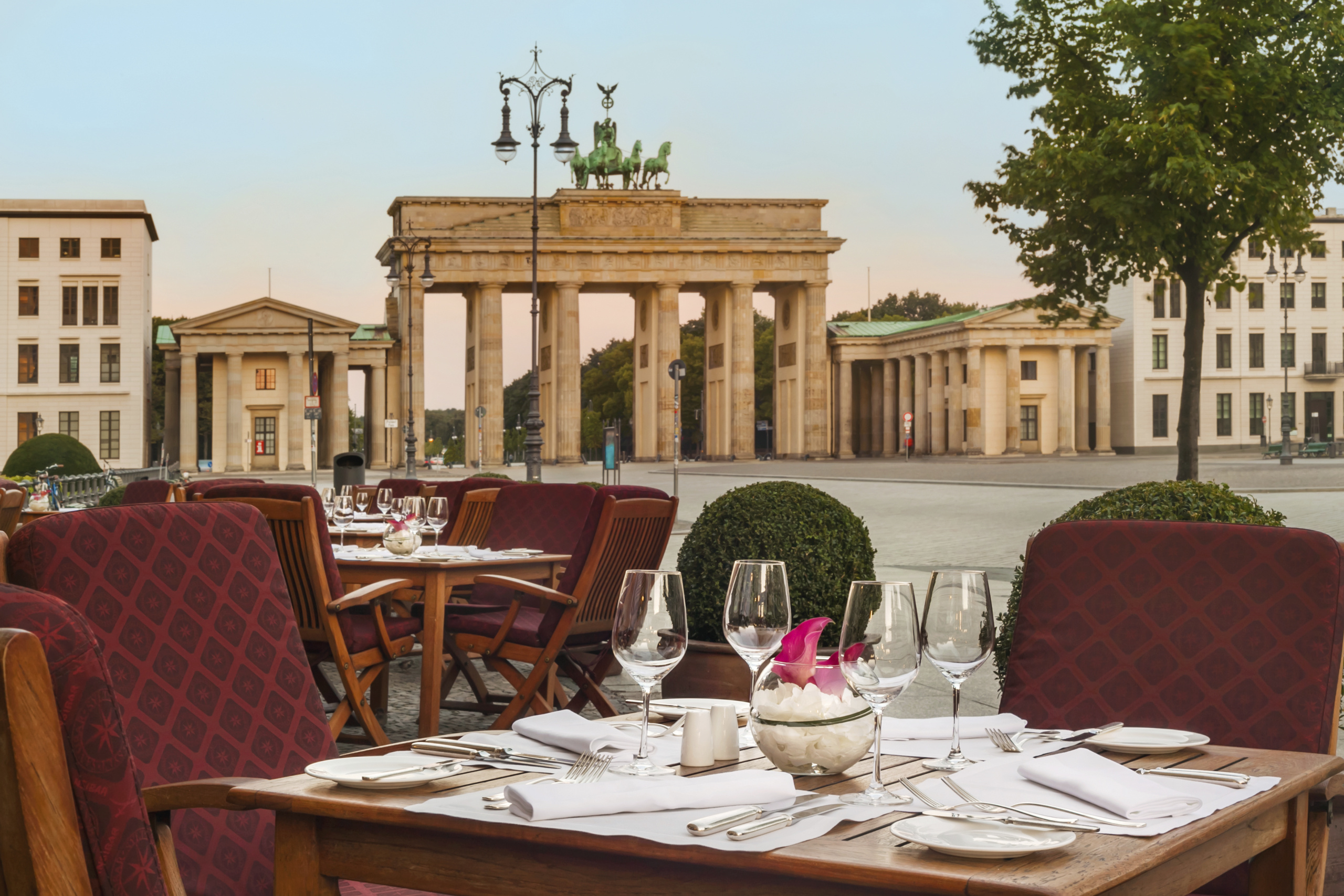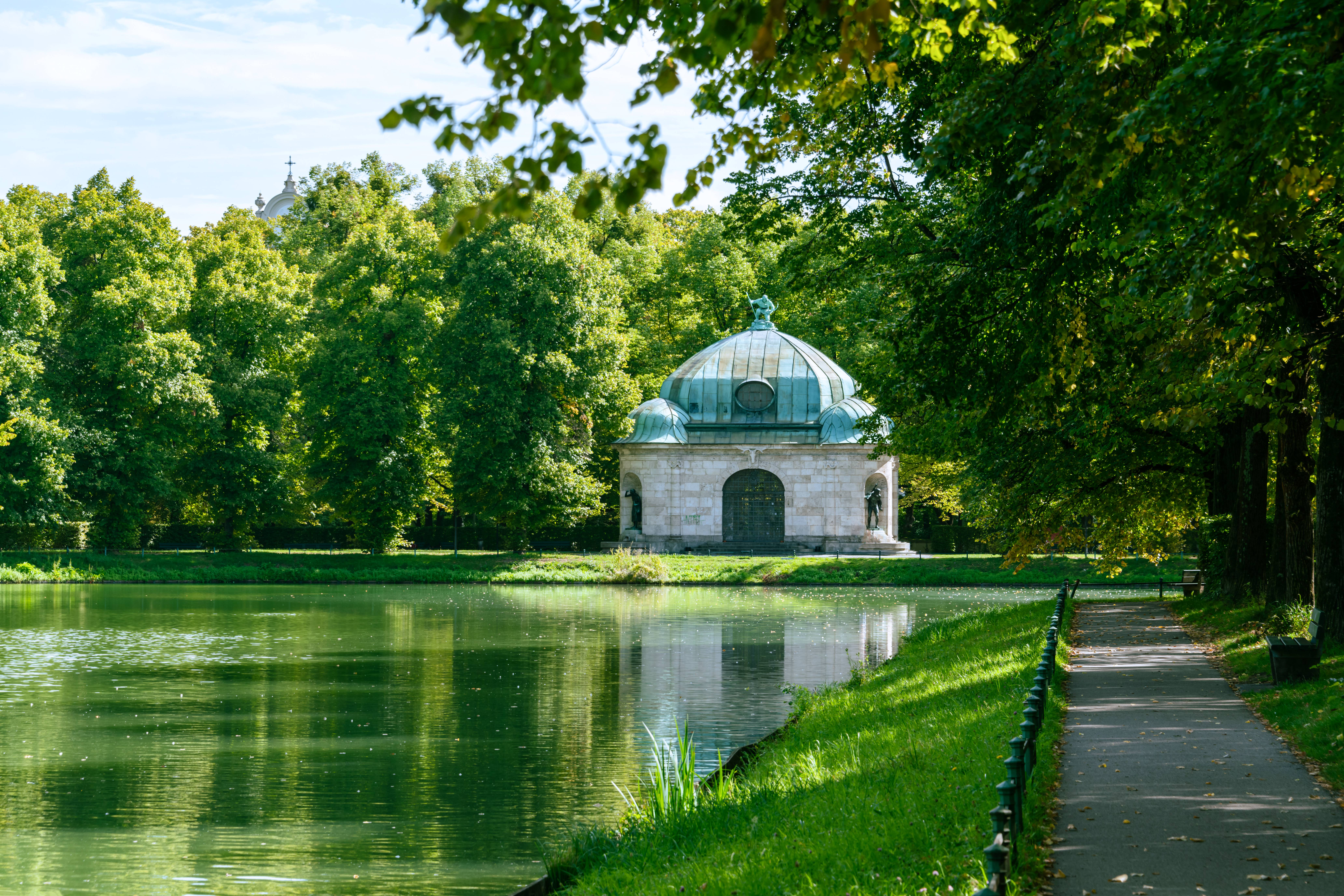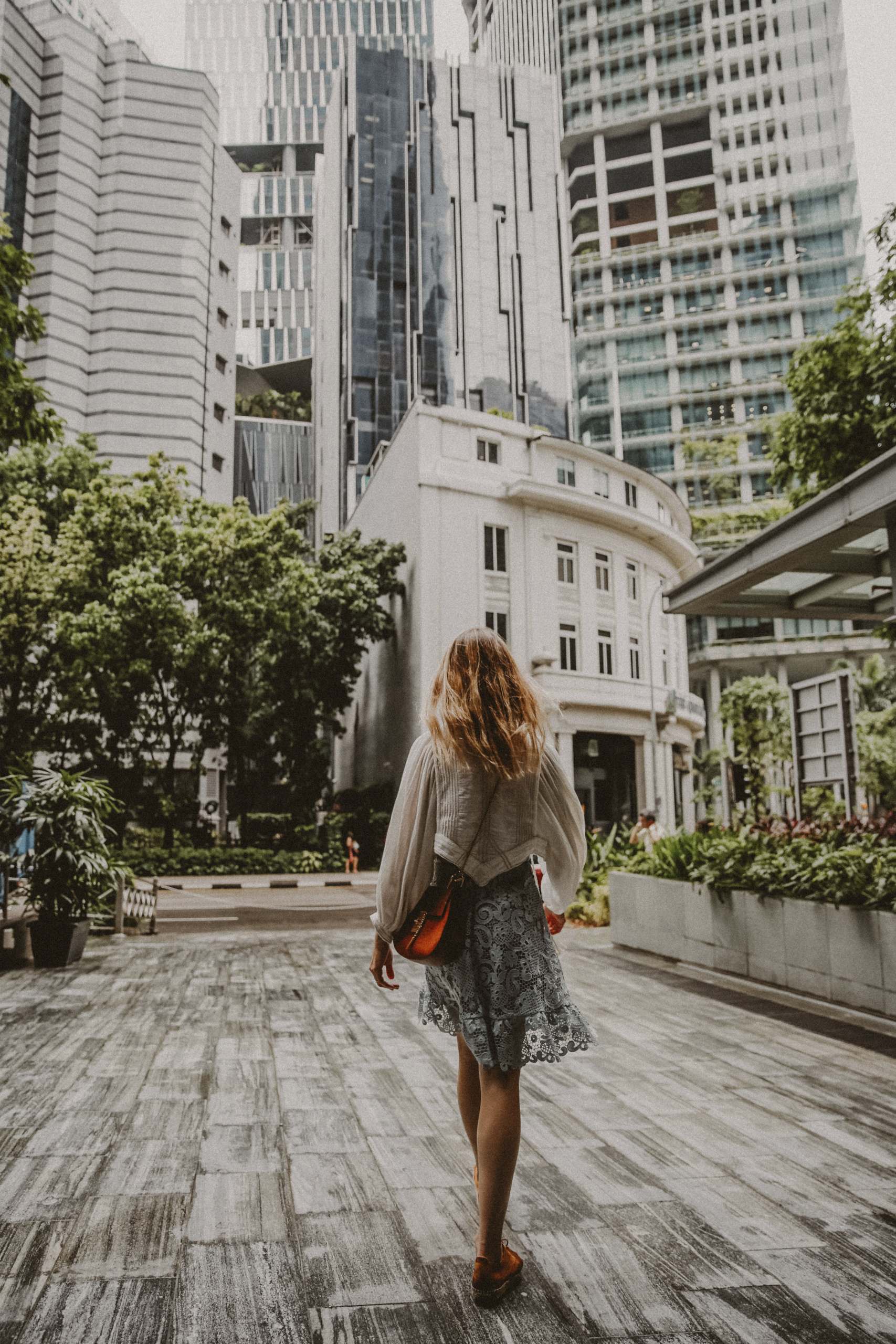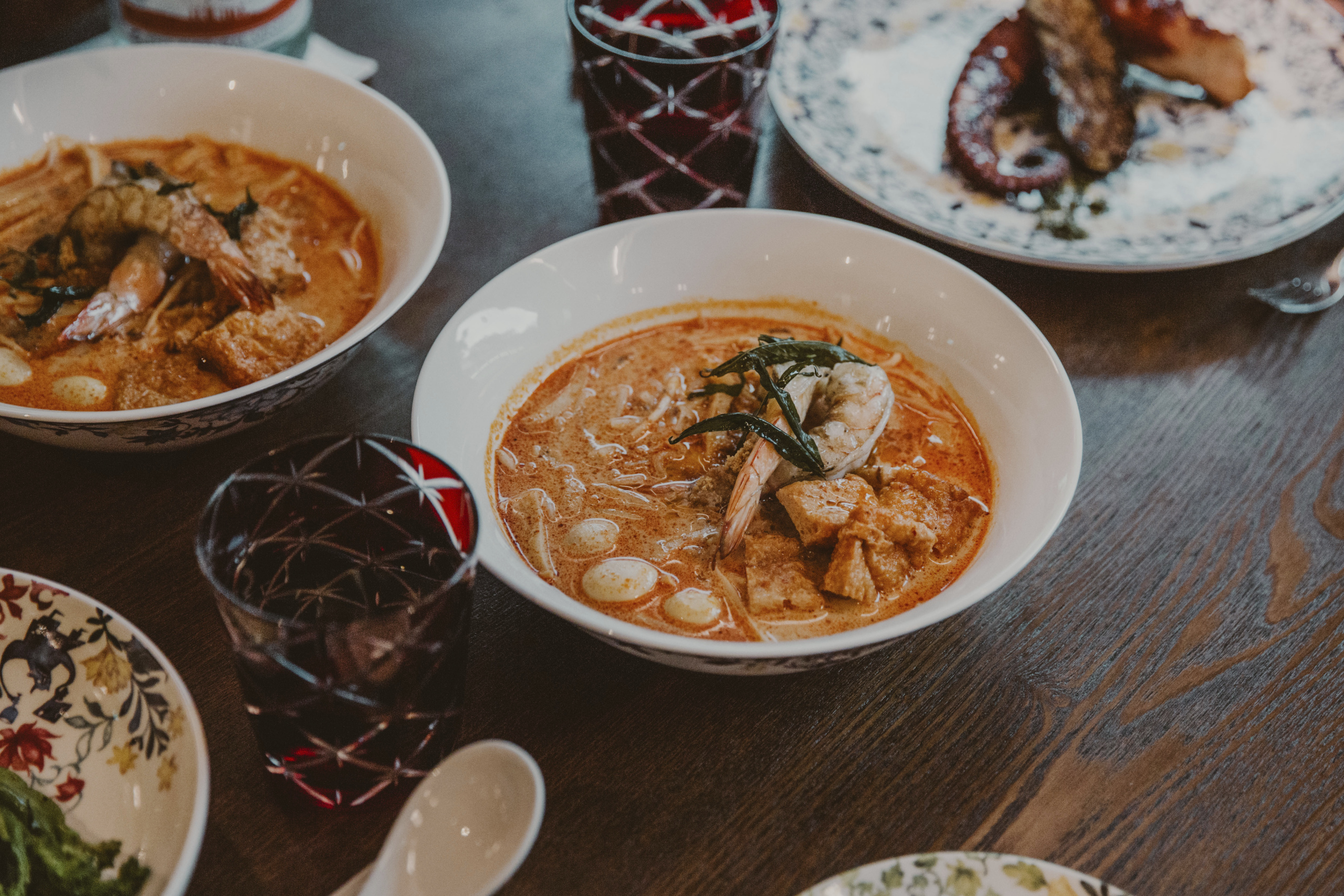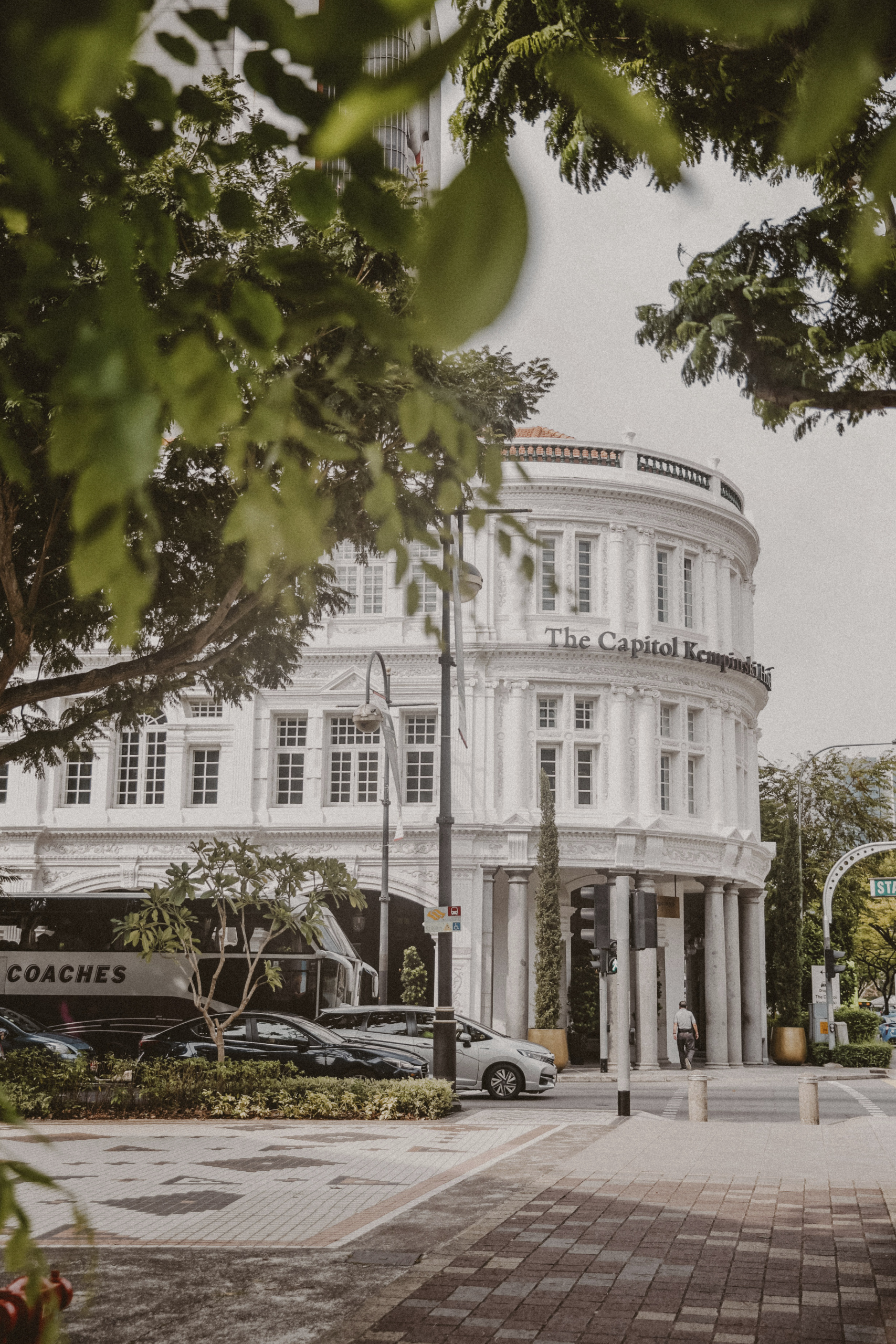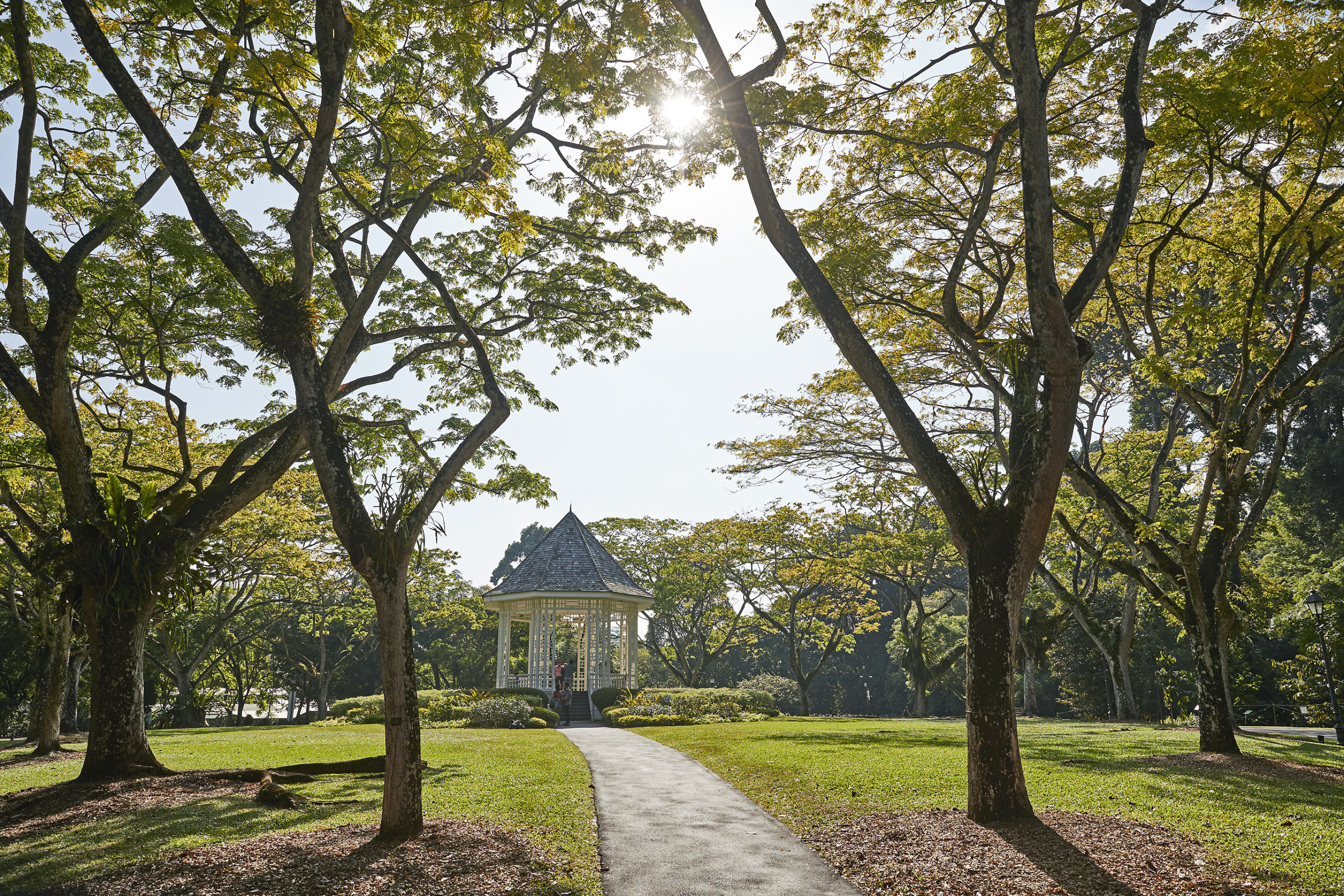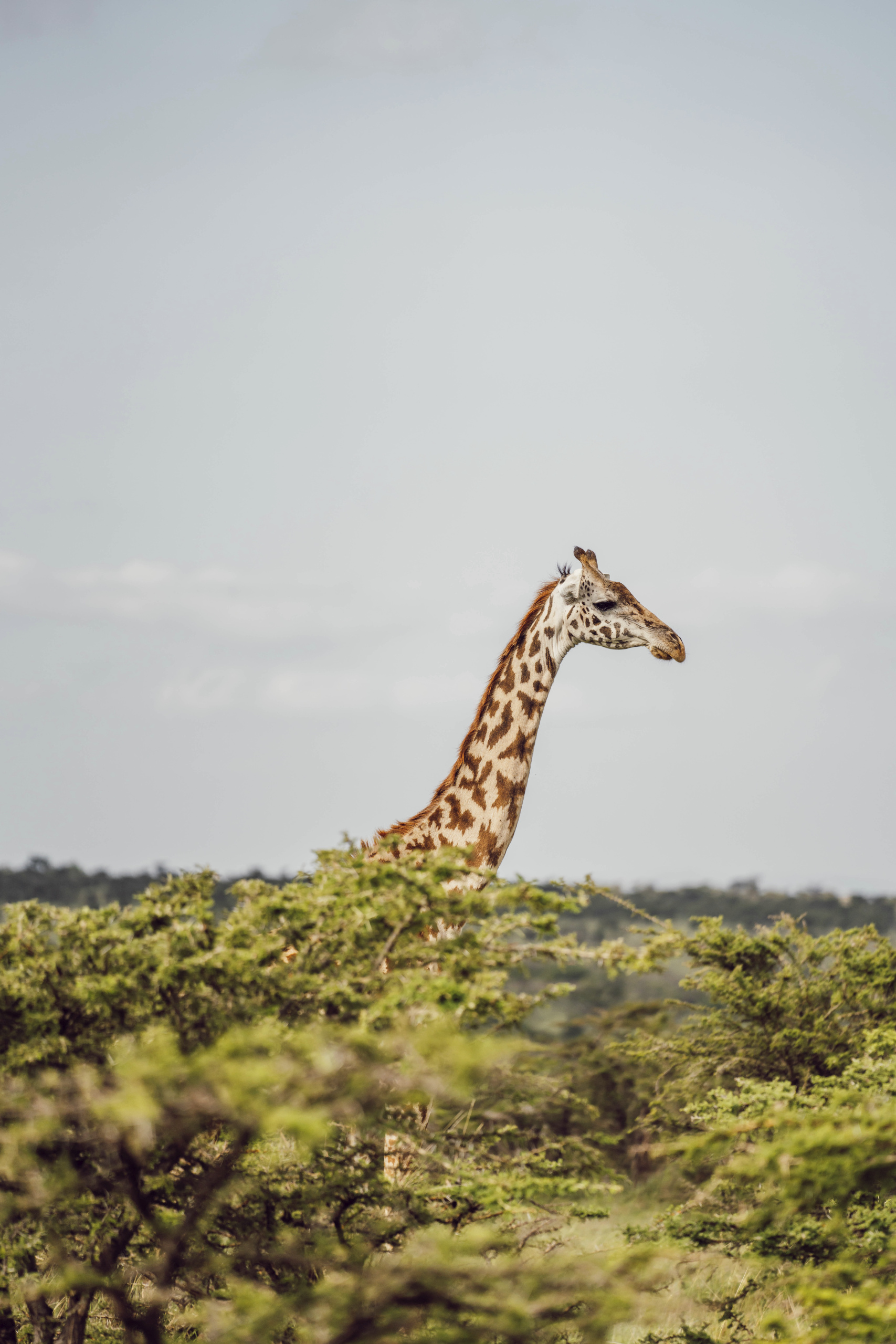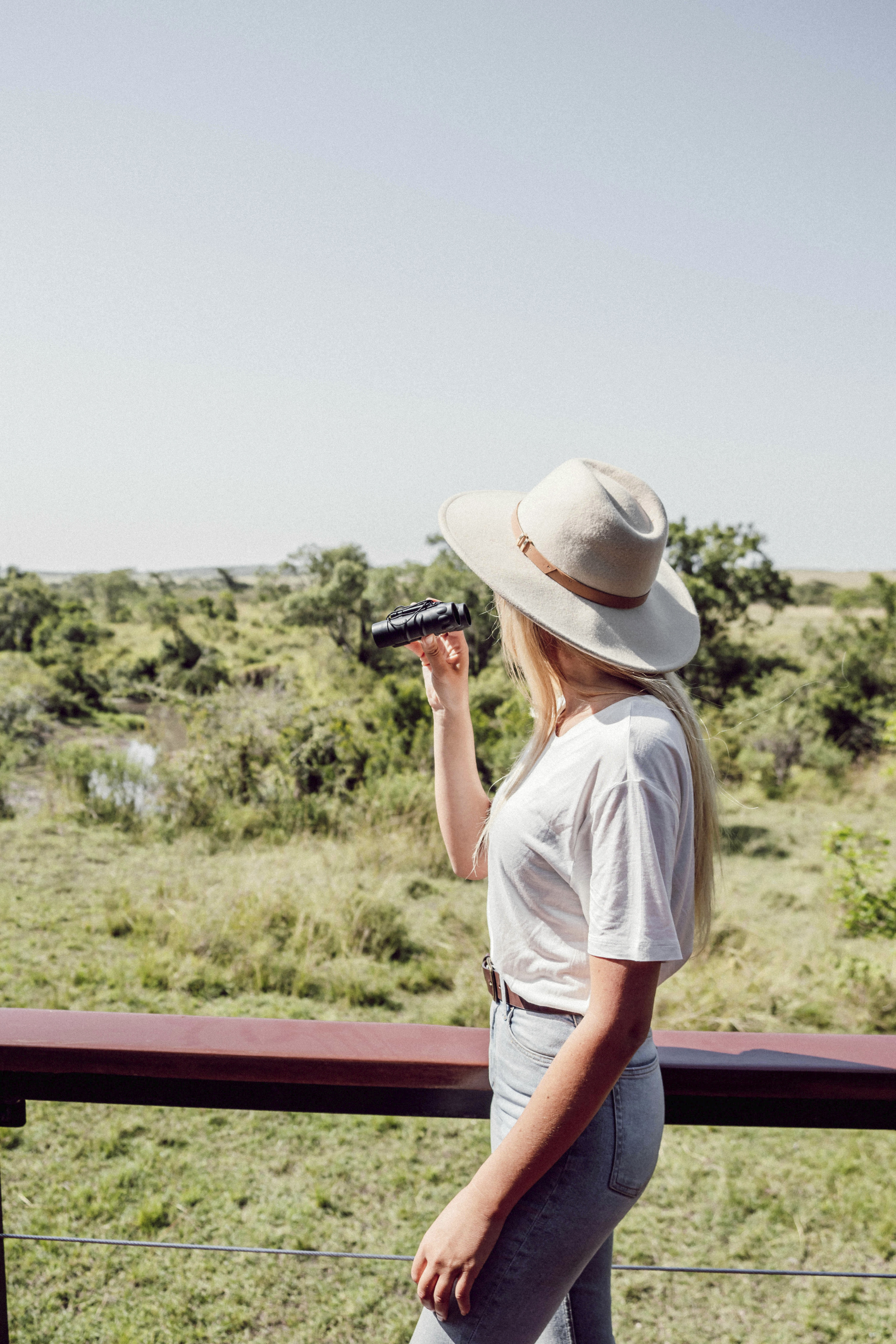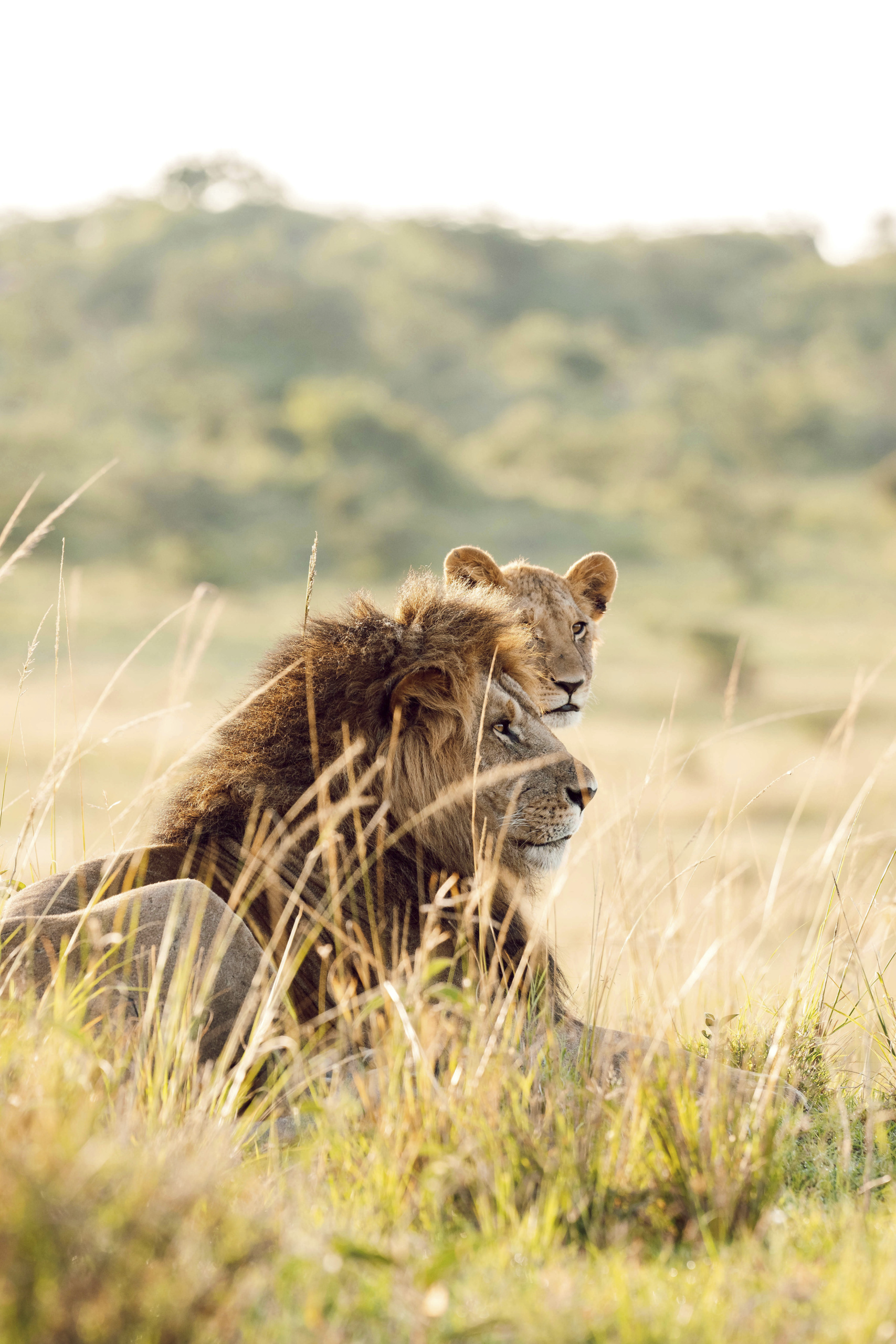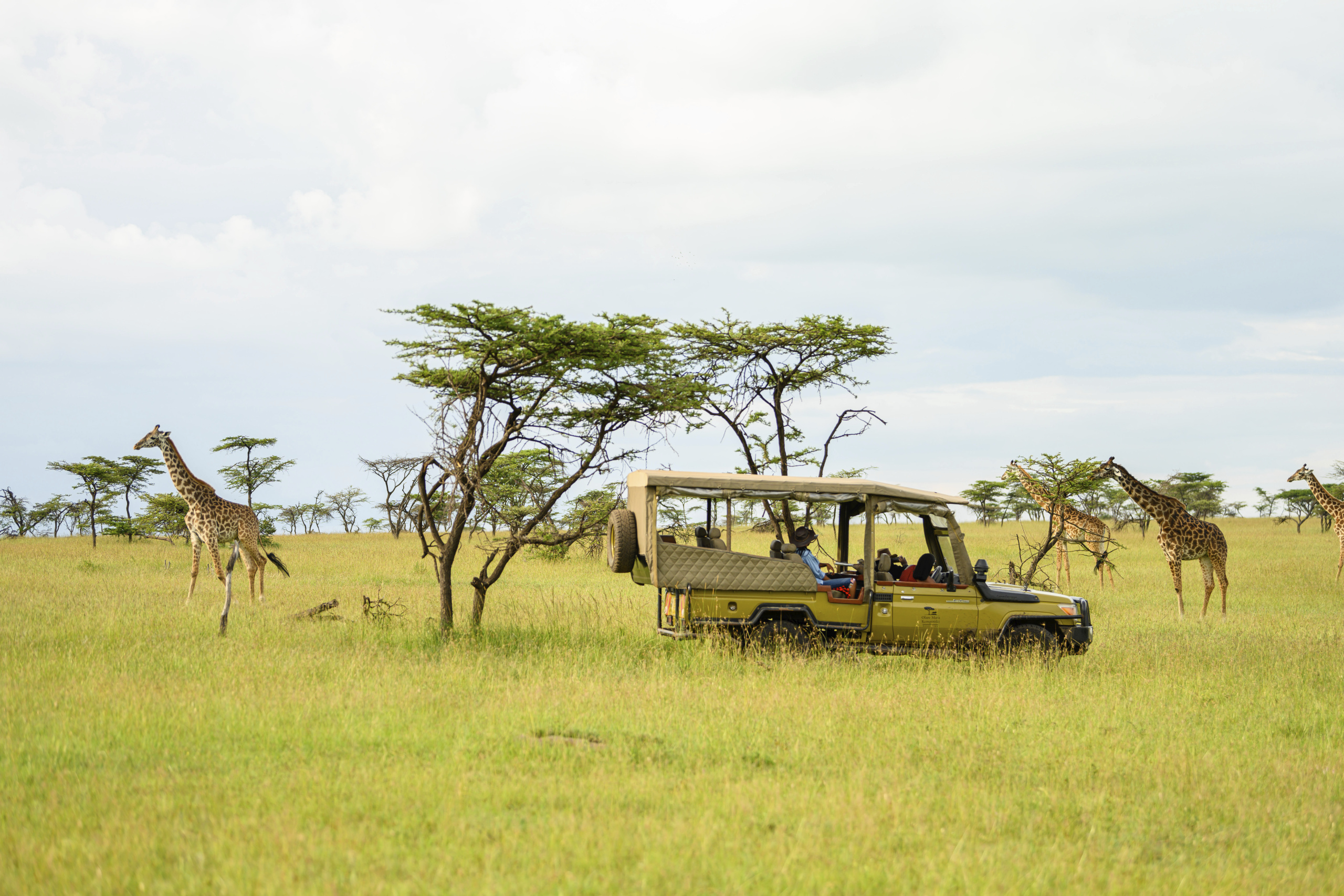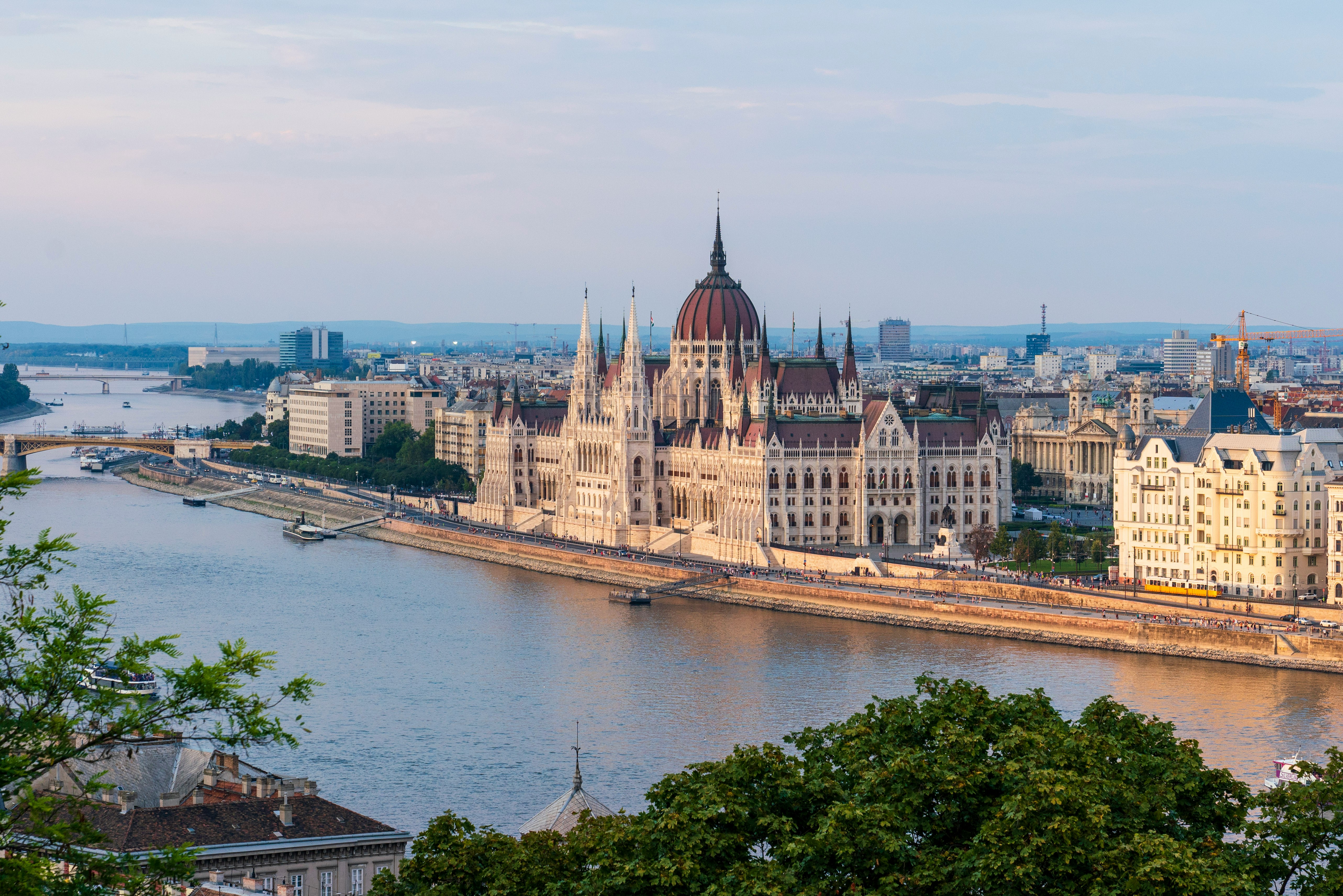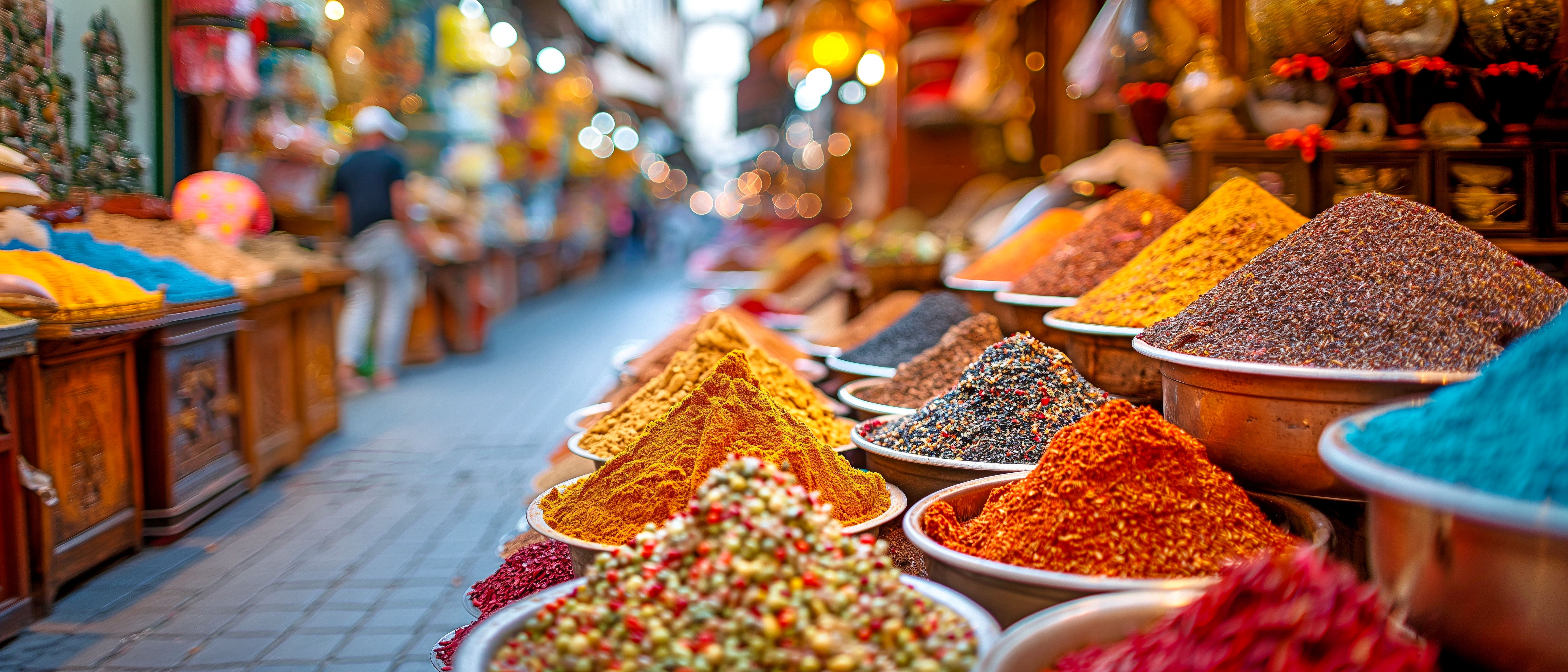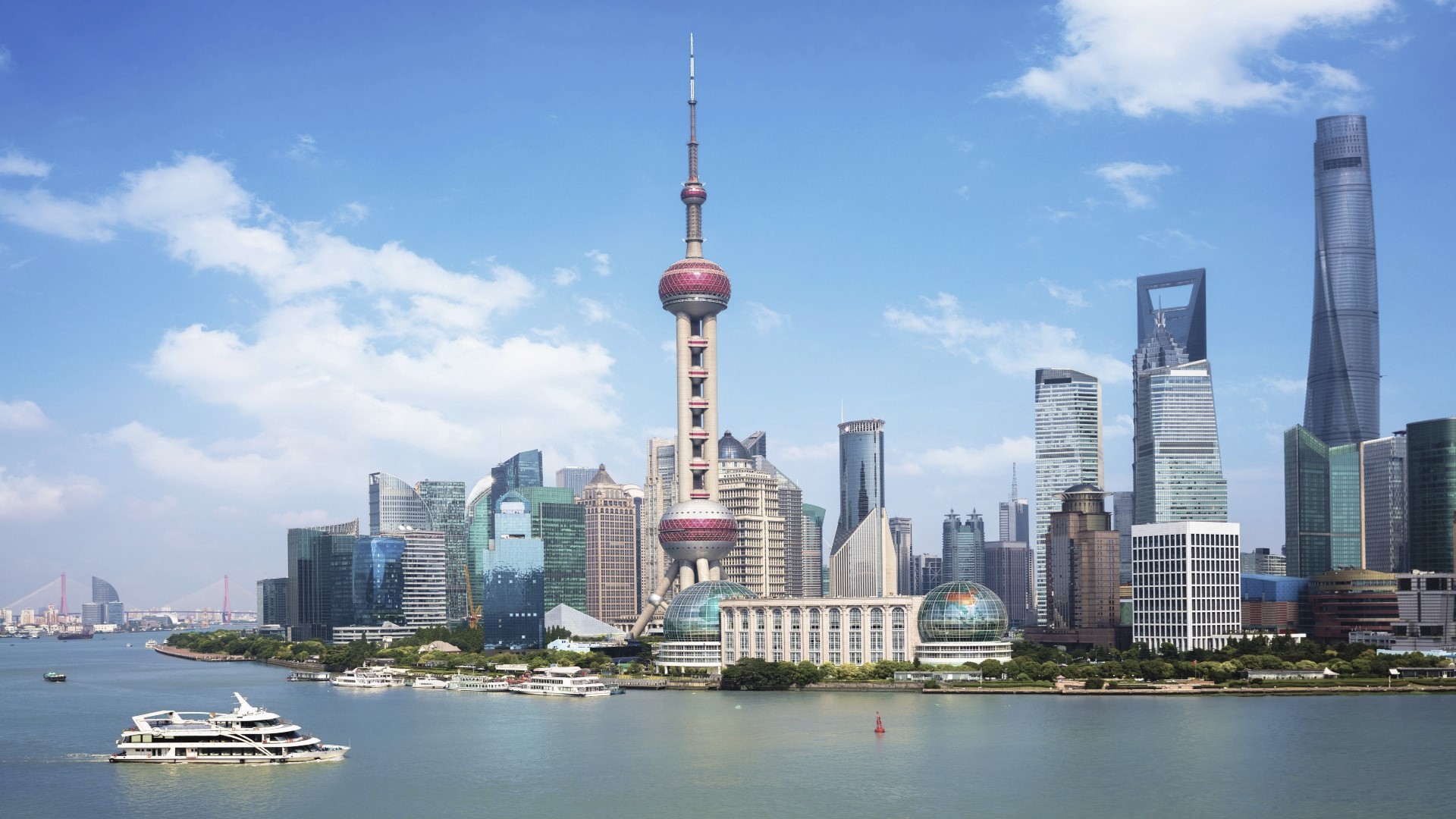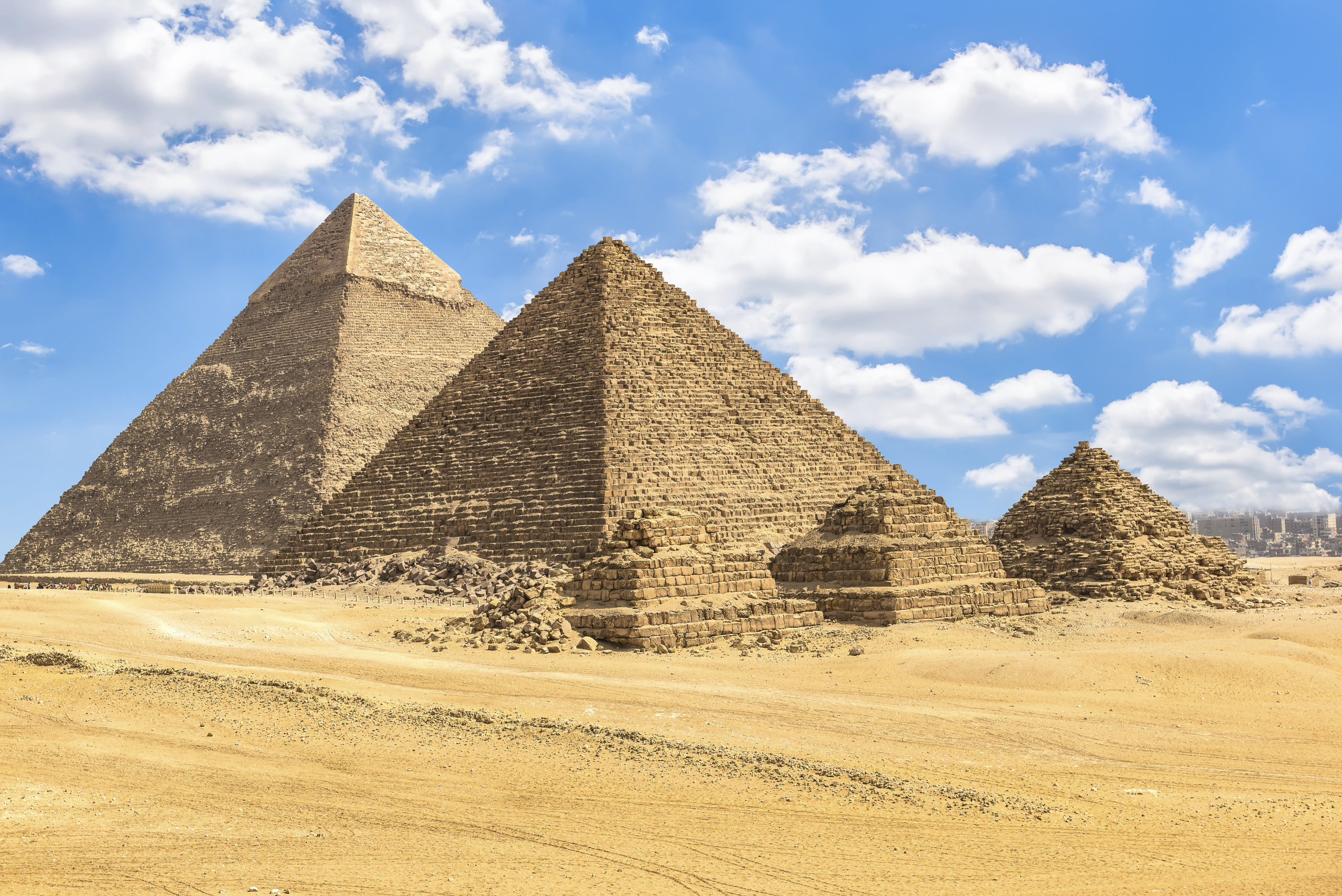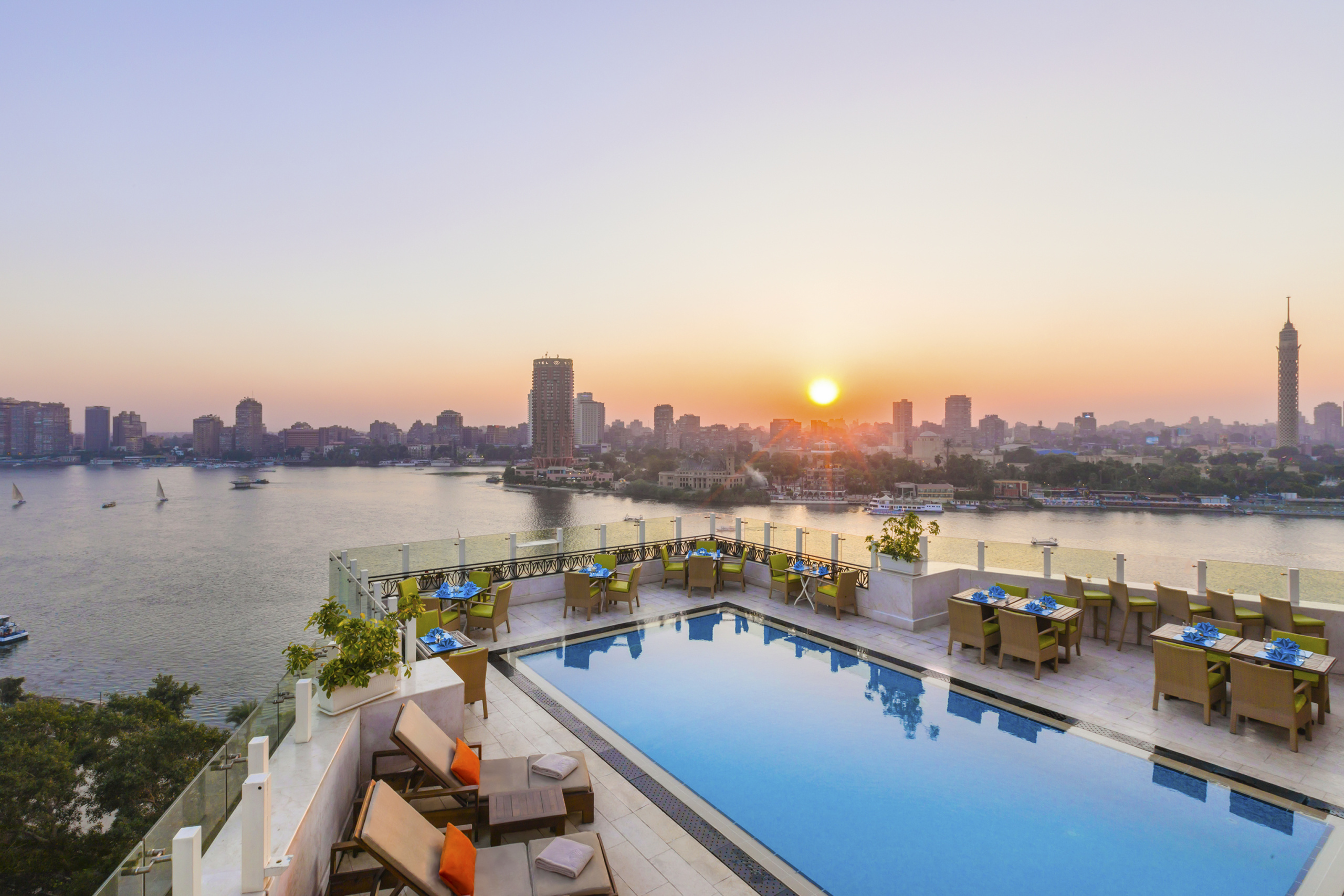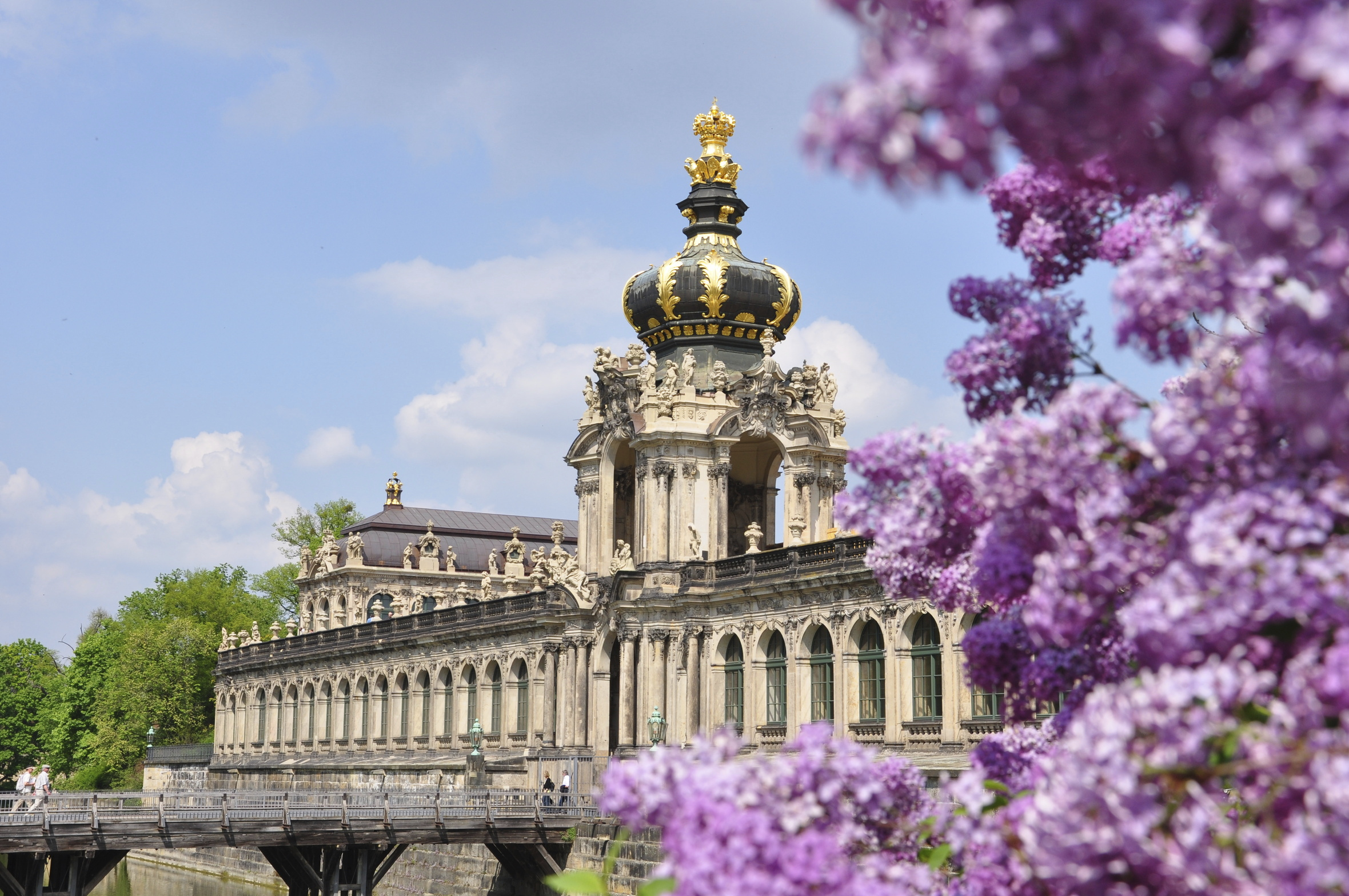
12 of the Best: Cultural Holidays
What's New
If strolling around palaces, dining on street food and diving into history sounds like your ideal getaway, Tim Johnson's pick of cultural holiday destinations is sure to inspire your next trip. From Munich to Istanbul, Berlin and Shanghai, read on and get ready to discover.
Ready to explore? Check our Travel Pulse offer for the full list of Kempinski destinations for curious souls.
Explore the world with Kempinski
Embracing the spirit of discovery is one of life’s greatest joys. In many ways, travel makes us all into explorers. There’s truly no thrill equal to arriving in a new city and diving deep, in search of what makes its heart beat. The people, the places, the food, the scents, the wonder of what’s around the next corner – even just the feel of the street beneath your feet – are all essential parts of the experience.
This summer, take a cultural holiday. Explore all day, then, when you’re ready to recharge, return to a beautiful, luxurious, soft place to land. So you can fuel up, and rest up, and do it all again tomorrow.
Best for history buffs
BERLIN, GERMANY
It’s a rare and special thing to find a hotel that sits literally on the crossroads of history. But if you happened to stand on this spot on that famous day in 1987, you would’ve been able to hear the voice of former US President Ronald Reagan imploring, “Mr Gorbachev, tear down this wall!”. And so Hotel Adlon Kempinski, perhaps Germany’s most famous place to stay (and eat, and drink, and relax), is the perfect place for a cultural holiday.
Check in, walk a few steps, and you’re at the Brandenburg Gate – many of the rooms overlook it. The glassy dome of the Reichstag rises, just beyond. A few more strides, and you can take a walk along the Iron Curtain. Stroll some of the longest remaining sections of the Berlin Wall, all the way to Checkpoint Charlie.
But the hotel’s illustrious past predates the Cold War. Opened in 1907, the original Adlon attracted the world’s most famous people. Everyone from Thomas Edison to John D Rockefeller to Albert Einstein stayed here, enjoying its electricity, generated right on site, and hot and cold water (a marvel at the time). Today, Germany’s fascination with this hotel remains. “The lobby is like a stage, the people coming and going,” says the longtime concierge. So you can just pull up a chair and watch the grand pageant of Berlin unfold before you, all around the flow of the elephant fountain.
Click here to read Tim’s full review of his stay at Hotel Adlon Kempinski Berlin
Best for urban explorers
MUNICH, GERMANY
When you see them for the first time, you won’t quite believe your eyes. Perhaps you’ll be coming from the S-Bahn, with a bunch of bags from a shopping trip. Or a matinee performance at the nearby Prinzregententheater, the songs still ringing in your ears. Or just a rambling stroll through the extensive chain of parks that line the verdant banks of the Isar River.
But here, right in the heart of Bavaria’s largest city, you’ll find surfers. Lots of them. Riding the steady, half-metre wave at Eisbachwelle. Brave souls in their wetsuits, wading in, facing the flow, riding the crest, then climbing out at the side, into the trees, to do it all again.
Even if you don’t have a surfboard, Munich offers so many opportunities to get outside. Walk or bike the extensive network of paths within the Englischer Garten, one of the world’s largest urban parks, stretching northwest right from the heart of the city. Stop and smell the flowers at the botanical gardens, where 14,000 species of flora flourish. Or just settle in for one or two of Munich’s famous frosty brews at Hirschgarten, one of the largest beer gardens in the world, set in a forest of chestnut trees. And the green continues at Hotel Vier Jahreszeiten Kempinski, which brings the outdoors inside through huge windows at the indoor pool, and a gym that overlooks the city’s rooftops.
Learn more about the history of this iconic hotel in Tim’s account of his first stay there.
Best for foodies
SINGAPORE, SINGAPORE
The sizzle. The scent. The sensation of being surrounded by a spectacular, almost surreal world of mouth-watering flavours. And what great effort does it take to experience all this in Singapore? Well, just take a walk down the street.
Famously, when locals here meet, the standard greeting isn’t “hello,” but rather, “have you eaten?”. And while this Asian city-state has its fair share of white tablecloth, Michelin-starred restaurants, everyone here will tell you that some of the very best cuisine can be found on the side of the road, in alleyways, and especially in open-air ‘hawker centres’. The latter are everywhere, with smaller ones every few blocks.
The Maxwell Food Centre is perhaps the most celebrated, a gathering place for the hungry since the 1950s. The choice is almost overwhelming, as you browse the steaming stalls under whirring ceiling fans. Oyster cakes, fish soup, and of course, chicken rice, and much more, spread out over 100 little counters. Fill up, then walk it off on the way back to The Capitol Kempinski Hotel, strolling super-safe, clean streets. Then swimming a few laps in the hotel’s saltwater pool to help work up an appetite for the next day’s culinary travels.
Prefer to move or relax? Check our Travel Pulse offer and find your beat.
Best for animal lovers
NAIROBI, KENYA
Kenya is, of course, a dream come true, when it comes to wildlife. Whether you choose Amboseli National Park, in the southern part of the country, sitting in the shadow of Mount Kilimanjaro, or the twin natural and cultural wonders of the Masai Mara (and a luxury camp like Olare Mara Kempinski), you’ll be thrilled with close encounters with the ‘big five’. Being in the presence of an elephant, or a lion, or a hippo, or a buffalo, feeling their energy, looking them in the eye – it’s not something you ever forget.
Nairobi, the country’s dynamic capital and the economic hub of East Africa, is often just used as a stepping stone to get out on the grasslands. But it’s so much more. For example: Nairobi National Park. Skirting the city’s urban areas, the 117-square-kilometre preserve is home to big cats and hyenas and giraffes and endangered black rhino. It is almost surreal spotting these exotic animals, with the glassy skyline of downtown Nairobi behind them. (It’s just a 15-minute drive from the luxurious Villa Rosa Kempinski.) Nearby, at the Giraffe Centre, you can pet these curious long-necked beasts, or even give them a kiss (yes, seriously). And who doesn’t love baby elephants? Schedule a visit to the nursery at the Sheldrake Wildlife Trust to see caretakers feeding these adorable little creatures from a bottle.
Best for real-life fantasy
BUDAPEST, HUNGARY
Close your eyes. Picture a city rising from one of Europe’s greatest rivers. Battlements and bridges, medieval cobblestones and castles. Imagine a fantasy. And, even then, that fantastical image in your mind probably won’t match the mind-bending beauty of Budapest.
Founded as separate cities (Buda and Pest), the two weren’t formally linked until 1873. Both sides of the Blue Danube maintain their own personality and charms. Climbing away from the river, from the gothic and renaissance spires and domes of the national parliament, Buda is all about the heights. You’ll find sweeping views from the towers and turrets of Fisherman’s Bastion, as well as the sprawling complex of Buda Castle, which dates back to 1265.
Click here to find out the best things to do in Budapest.
Across the iconic Chain Bridge in Pest, the feel is entirely different. The hustle and bustle of a major capital – in all the best ways. Walk from Kempinski Hotel Corvinus to the soaring, light-filled Great Market Hall for Hungarian cheeses and wines and paprika (and, if you’re feeling hungry, a little goulash at the food stalls). Find dinner at one of the small restaurants located in the many courtyards of Gozsdu Udvar in the Jewish Quarter. And when you’re tired of touring on this cultural holiday, gather with local residents enjoying one of their favourite activities – relaxing in the steamy pleasures of the local hot springs. Széchenyi is a favourite, one of the largest thermal bath complexes in Europe. Grab a frosty beer, relax in the embrace of the warm water, and dream up your next Hungarian adventure.
Best for adventures on two continents
ISTANBUL, TÜRKIYE
There’s really, truly no other city like Istanbul. Everything here seems suited to the superlative. East meets West. Europe encounters Asia. A waterway divides them, connecting two seas. Where else can you drop a few coins, hop on a ferry, and visit two continents? (Almost certainly nowhere else.)
But it’s even more. Founded in the seventh century BC, Europe’s largest city has been home to four empires, including two of the greatest, the Byzantine and the Ottoman. While busy and touristy, all the attractions in the Sultanahmet neighborhood are worth a visit on your cultural holiday. The domes-upon-domes at the Blue Mosque. The labyrinthine lanes of the Grand Bazaar, so much fun to get lost while finding that perfect memento of your visit. The fragrant shops, filled with so many spices in the Egyptian Bazaar. And so much more, including the close-by opportunity to stay in a beautiful former imperial residence, at Çırağan Palace Kempinski.
Then make that cross-continental trip across the Bosphorus to get a real sense of this ancient city’s scale. Spires and domes all around. And when you arrive on the less-visited Anatolian side, you’ll find markets bursting with fresh food, and even more character. Cheeses and olives and peppers and fish, and a smiling face, always waiting to give you a sample of the very best.
Dive into Istanbul’s food culture with this piece by Tim.
Best for those who love the lights
SHANGHAI, CHINA
It’s hard to even wrap your mind around Shanghai. China’s most populous city – and one of the biggest in the world – this is a place that defies hyperbole. Some parts look back on an illustrious past, and the city was once known as the Paris of the East. While on the other hand, the soaring skyscrapers of the Lujiazui, including the iconic Oriental Pearl TV Tower, have become the symbol of China’s present and future as a global economic powerhouse.
You could spend weeks here and never run out of things to do on a discovery holiday. Walk the wharves of the Bund, which is home to historic gothic, neoclassical and Art Deco buildings – as well as Michelin-starred restaurants. Feel the peace and solace at Yu Garden, an urban oasis, walking along ponds and through tea houses and gardens (its name literally means ‘garden of happiness’). Shop for high fashion and authentic arts and crafts and pretty much anything else you could possibly imagine on Nanjing Road.
And while the days in Shanghai are fascinating, this enormous metropolis really lights up at night. Sparkle and flash. Wondrous illumination, no matter where you look. Including out the massive floor-to-ceiling windows at Grand Kempinski Hotel Shanghai, which sits right in the heart of Asia’s financial centre. Gaze out, enjoy the lights, and make a plan for the next day.
Best for life on the river
CAIRO, EGYPT
Some cities dazzle and delight in ways that almost defy belief. Overwhelm not just the eyes, but all the senses. Stretch the imagination while compelling you to learn more.
You’ll experience all of this in Egypt’s dynamic and indefatigable capital. Markets that swirl with colour and roar with energy. Little restaurants serving up steaming, fragrant shawarma and ta’ameya. Hidden cafés where you swing open the door to find people puffing shisha and sipping tea and tapping toes to the resonant rhythm of the darbuka, long into the night.
While Cairo is young and lively, this endless metropolis is also, of course, ancient. At Giza, just nearby, you’ll find the unmistakable and always awe-inspiring pyramids. Constructed back in 2500 BC, three successive pharaohs built them to last an eternity. Plus, the famous sphinx, with its body like lion, and the wings of an eagle.
And through it all flows perhaps the most celebrated of rivers: the Nile. Stretching some 6,500 kilometres (4,039 miles) through ten African countries, its flow was the lifeblood of ancient Egypt. Empires arose from its waters. Regular flooding produced fertile fields and crops of beans and wheat and cotton, and papyrus, for paper. The river provided drinking water and a place to bathe. Today, around 95% of Egyptians live close to the Nile.
And Kempinski Nile Hotel Garden City is the perfect five-star perch to feel all that energy and history. During the day, ride a camel at the pyramids, and pick up something bright and embroidered at the market. Then return to this haven of tranquillity, with a big pool and sumptuous suites overlooking the Nile. Grab a nightcap at The Jazz Bar, or The Rooftop, overlooking the sparkling city.
Explore the sights and sounds with this guide to Egypt
Best for non-stop exploration
BANGKOK, THAILAND
Bangkok is the real ‘city that never sleeps.’ Walk the streets from morning till night, and you’ll find that special energy that makes this place thrum, 24 hours a day. Rise early to witness Buddhist monks receiving alms at Wat Arun, Temple of the Dawn. Walk any main thoroughfare, and smell the delicious street food, breakfast being cooked up on every corner – the savoury moo ping (sticky rice and grilled pork) mixing with the sweet paa tong koo (a kind of local doughnut).
And as the heat builds through the day, cool it down by getting out on the water. Many tourists aren’t aware that a fleet of khlong boats operate as canal ferries, spiriting you below street level to your destination. The trip feels like a secret back door look on hidden parts of the city. And a ride on the Chao Phraya River will take you past temples, and to floating markets.
Take a tour of Thailand with Lane Niset
In the evening, the city lights up. Browse a night market, perhaps pausing to get a much-needed foot massage (a good one costs just a few Thai baht). Then head back to Siam Kempinski Hotel for some cushy respite. Bubbling fountains and a cool pool and a luxury spa will welcome you back every time.
Best for shoppers
DUBAI, UAE
An almost unbelievable oasis rising from the Arabian Desert, this dynamic Middle Eastern city has been wowing visitors for decades. The attractions are many, and manifold. Ride a fast lift to the top of the city at the world-famous Burj Khalifa, with breathtaking views from the 148th floor (that’s 555 metres up, for those who are counting). Take a trip out to the end of The Palm and rocket down a slide at the water parks, set next to the Persian Gulf. Or make the most of your cultural holiday by exploring the Old Souk or one of the many galleries.
Dubai is also home to some of the world’s finest shopping, much of it very close to two downtown Kempinski hotels. Just steps away, Dubai Mall is one of the largest complexes in the world, with 1,200 shops, including favourite American upscale department store Bloomingdale’s, plus a huge skating rink and, yes, an underwater zoo.
Best for those looking to live like royalty
DRESDEN, GERMANY
Set on the broad bends of the Elbe River, the skyline of Saxony’s capital looks like something from a storybook. And there’s a good reason for that. Centuries of royal history have created a city core filled with grand buildings and rococo and baroque architecture, to the extent that it was once known as the ‘Jewel Box’. From the water, the domes and towers impress – and they’re even better once you start exploring on your cultural holiday.
Even if you limit your touring to the palaces in town, you’ll have enough to fill your days. Start at the Royal Palace, which dates back to the 14th century, and whose hundreds of halls and rooms have lived many lives. Evolving from the Saxon seat of power, today it is home to galleries filled with prints and paintings and photographs, plus a courtyard with Renaissance-style murals and a tower you can climb for sweeping views of the Old Town. The nearby Zwinger Palace was built for sports games, and is now home to one of the world’s largest porcelain collections. And the Pillnitz Castle, sitting right on the water, is surrounded by green hills, a lovely spot that now hosts an arts and crafts museum.
And your final palace of the day? You can sleep there, like a royal. Now a Kempinski hotel, King Augustus the Strong had the opulent, baroque Taschenbergpalais built for his mistress, the Countess of Cosel. Recently restored to its peak glory, you’ll feel like a king, or a queen, when you lay your head down in a room at Hotel Taschenbergpalais Kempinski.
Best for time travellers
NANJING, CHINA
Standing outside the ancient walls of this great city on the Yangtze, it’s possible to view many hundreds of years of history – without even turning your head. Pagodas and palaces are backed by glassy office towers, a panorama you won’t find anywhere else. Serving as the national capital during the Ming Dynasty, Nanjing is one of the most cultural and historically rich cities in the world. Kempinski Hotel Nanjing straddles both, a modern hotel with a European influence, near the centre of the city but close to all the main historic wonders.
Even the city’s walls are special, dating back to the 5th century. Built during the Ming and Qing dynasties, they’re preserved as a UNESCO World Heritage Site, and, on some sections, you can walk along the top. Nanjing’s many other attractions are almost too numerous to list. Grand mausoleums and temples. Traditional pagodas and the futuristic Usnisa Palace. Purple Mountain and the remains of the Porcelain Tower, one of the Seven Wonders of the Medieval World. Travel back in time for a cultural holiday, then head over the city centre for contemporary conveniences.
